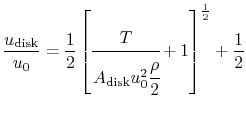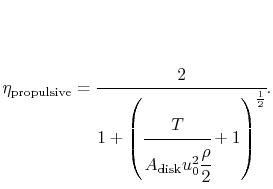- #1
Dusan Stan
- 19
- 3
The video shows some optimisations on the turbofan engine and reaches the conclusion it needs to be about 4m.
The premise is that accelerating more air a little is more efficient than accelerating less air to a higher acceleration and speed, fact mentioned in all aerodynamics books, and that "bigger" creates more drag, fact that seems valid but I cold not find any reference of propeller diameter vs. drag.
Could anybody walk me through the math presented? I have a hard time understanding it.










